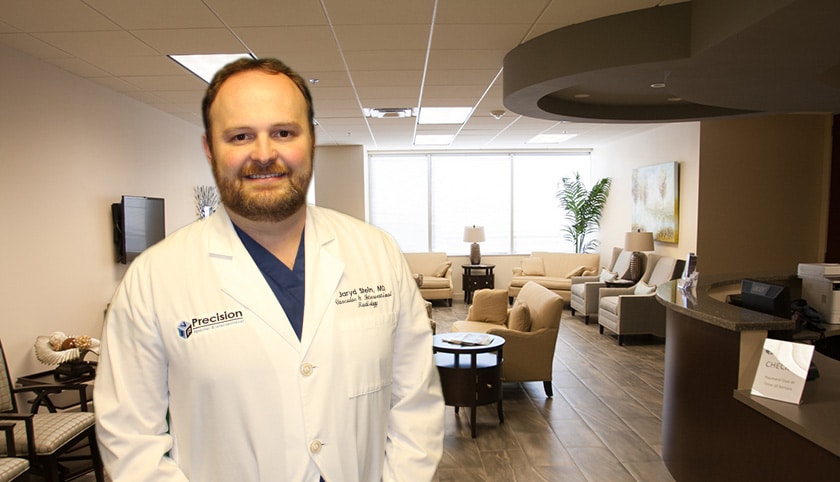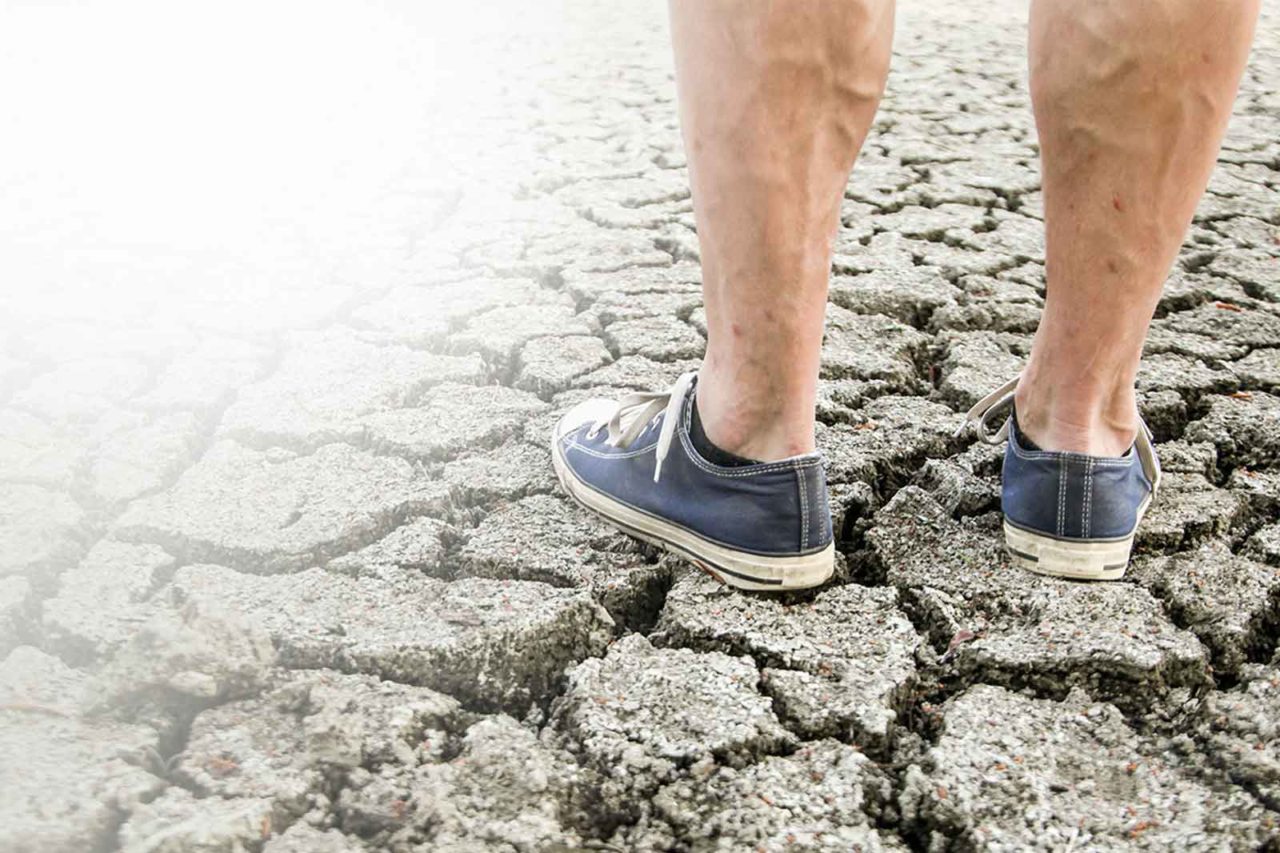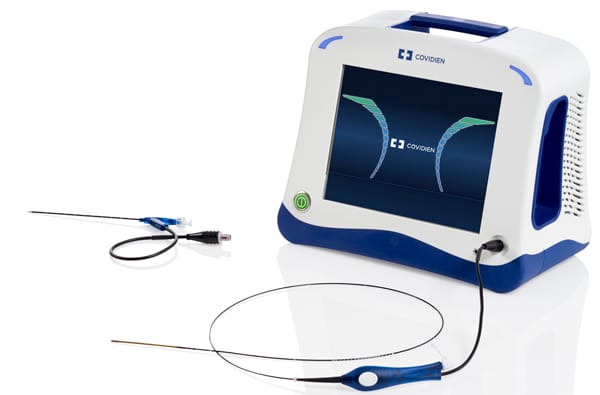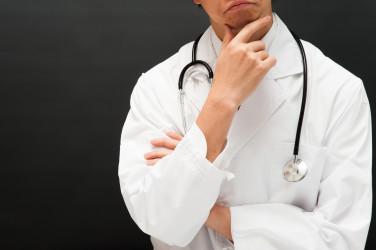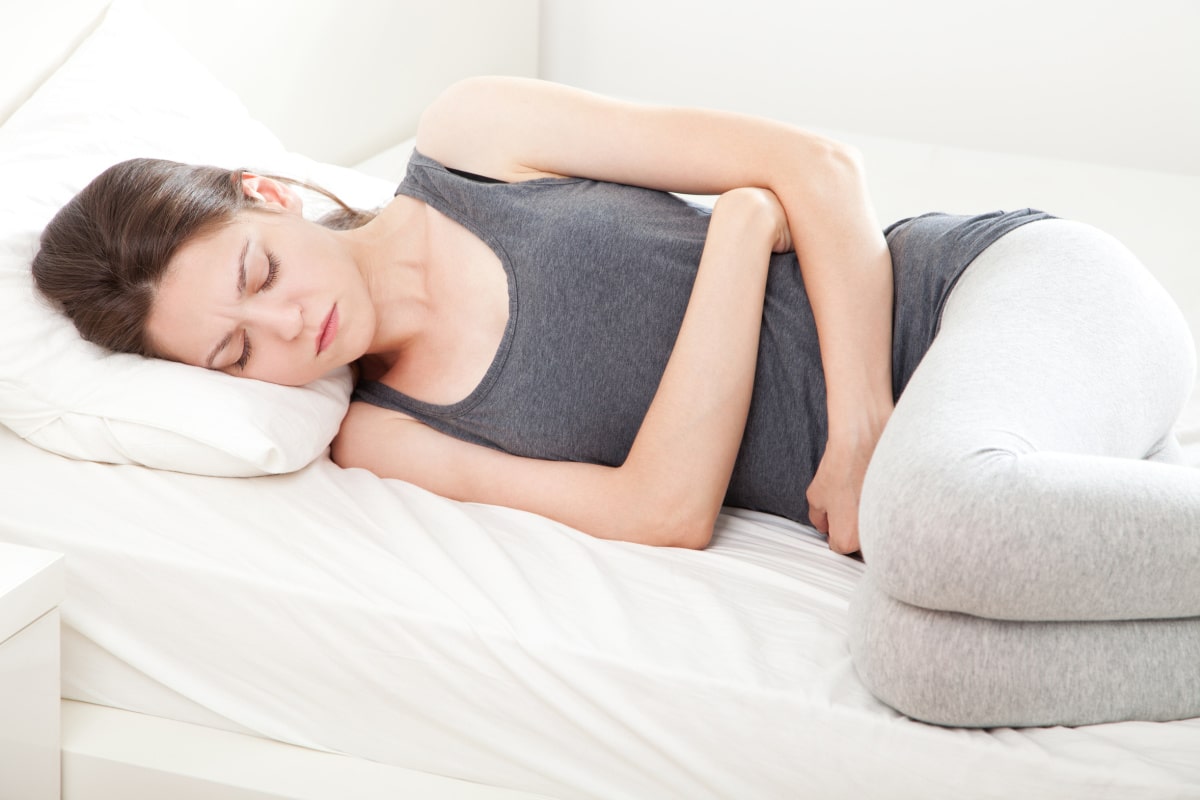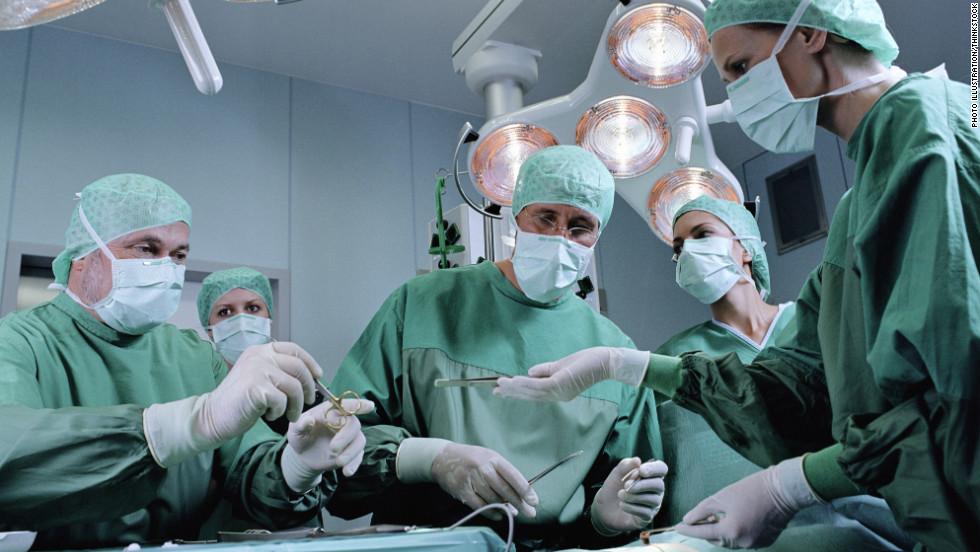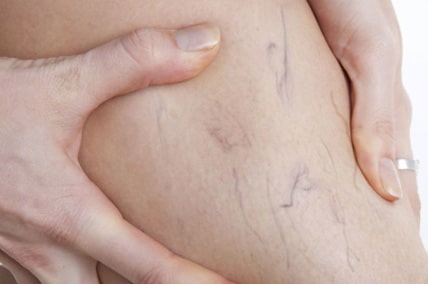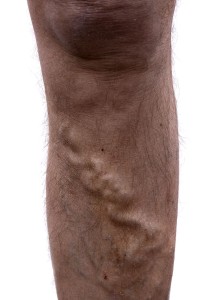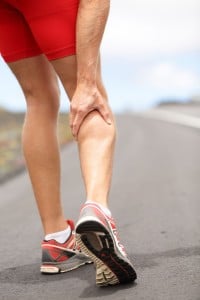Meet Ellen*, a 71-year-old woman, who developed blood clots in legs after undergoing extensive back surgery. Here’s how it happened: The day after Ellen’s back surgery, she felt severe pain and swelling in her left leg. She also had some pain and swelling in the right leg. She stated, “My legs were in so much … Continue reading Back Surgery Caused Blood Clots in Legs but Dr. Jaryd Stein Saved Me
Varicose Veins Treatment with Foam Sclerotherapy, FAQs
Varicose Veins Treatment with Foam Sclerotherapy – Frequently Asked Questions from Patients Request an Appointment We encourage you to schedule a consultation with Precision VIR. One of our vein care specialists will advise on whether or not you’re an ideal candidate for Foam Sclerotherapy, as well as create a custom treatment plan. Call the office … Continue reading Varicose Veins Treatment with Foam Sclerotherapy, FAQs
ClosureFast Targeted Endovenous Therapy FAQs
Frequently Asked Questions About the ClosureFast™ Procedure (previously known as Venefit™ or VNUS closure) The Preferred Treatment for Varicose Veins and CVI The ClosureFast™ procedure (previously known as Venefit™) is a minimally invasive treatment for varicose veins and Chronic Venous Insufficiency (CVI) in which one of the experienced doctors at Precision VIR inserts an Endovenous Radiofrequency Ablation (RFA) Catheter to collapse … Continue reading ClosureFast Targeted Endovenous Therapy FAQs
All About Varicoceles Symptoms, Risk Factors, Diagnosis and Treatment
What Are Varicoceles? A varicocele is essentially a varicose vein of the testicle or scrotum. In normally functioning veins in the scrotum, one-way valves allow blood to flow from the testicles back into the rest of the body. In a varicocele, these valves do not function correctly, thus allowing blood to pool and enlarge the … Continue reading All About Varicoceles Symptoms, Risk Factors, Diagnosis and Treatment
8 Questions to Ask When Choosing Your Vein Doctor
Talking to Your Doctor You may not remember everything you want to ask your doctor. You may find it helpful to write down questions prior to your appointment. When you do get answers to your questions, write them down, too. That way, when you get home, you won’t forget and you will be better equipped … Continue reading 8 Questions to Ask When Choosing Your Vein Doctor
Pelvic Congestion Syndrome
The causes of chronic pelvic pain are varied, but are often associated with the presence of ovarian and pelvic varicose veins. Pelvic congestion syndrome is similar to varicose veins in the legs. In both cases, the valves in the veins that help return blood to the heart against gravity become weakened and don’t close properly, … Continue reading Pelvic Congestion Syndrome
Learn About Interventional Radiology in New Online Documentary
What if a doctor could save your limb, your liver, your brain … your life, and send you home with only a Band-Aid? No Surgery, No Stitches, No Scars. This is the tag-line of the new documentary series released on Amazon showcasing interventional radiology. Without a Scalpel is a 40-minute episode featuring the stories of … Continue reading Learn About Interventional Radiology in New Online Documentary
Spider Veins
Treatment Options for Spider Veins Spider veins are a common unwanted issue for many patients. The medical term for spider veins is telangiectasias. Spider veins can be multiple colors, red, purple or blue are the most common. Sclerotherapy Microphlebectomy Deep Vein Thrombosis ClosureFast (previously known as Venefit™) Conservative Treatment Symptoms of Spider Veins Spider veins often … Continue reading Spider Veins
Superficial Phlebitis and Acute Thrombophlebitis
What Is Phlebitis? Up to a fourth of all patients with varicose veins and lower extremity venous insufficiency will have an episode of clotting of a varicosity. This can be nearly invisible or can be located just underneath the skin. This condition is called acute superficial thrombophlebitis. The condition causes pain and discomfort but is usually self-limiting. It should, however, be … Continue reading Superficial Phlebitis and Acute Thrombophlebitis
Leg Cramping
Leg Cramping is a Common Symptom of Venous Disease An extremely common symptom of venous disease in the legs is cramping. Cramping is most often worse at night, or after a long day of sitting or standing. The cramping sensation is often an indication that fluid is accumulating during the day due to increased venous … Continue reading Leg Cramping

